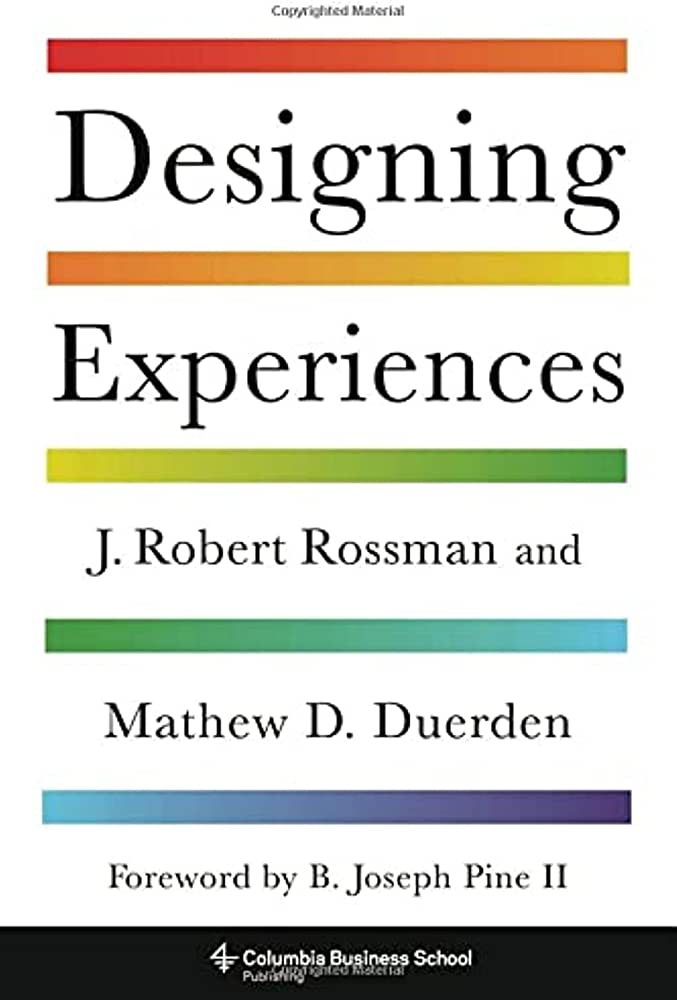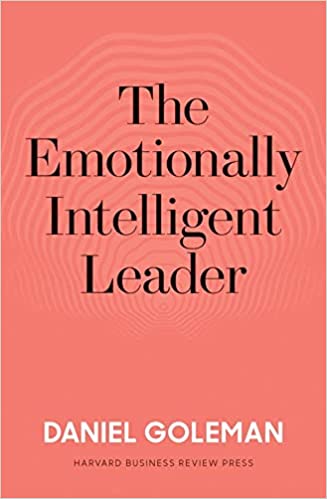Buy & Feel. Aromamedia for CRE

Shannon Quilty outlines the role of neuromarketing and experiential marketing in shopping centers and on their websites today.
Marketing gurus who have been in the market for 15 years or more point out that since 2016 marketing had been changed radically so that one year in marketing is like five years before and you often have to forget everything you had known from the “old marketing”. And yet what has indeed sunk into oblivion if we talk about the “old” marketing and what is still relevant and works even in the emerging new world of marketing?
Marketing, when done right, has always been about engaging the customer with an intent to influence behavior. That has not changed. What has changed are the myriad tools we have at our disposal in order to do that. The other important shift has been in taking a longer-term view of our relationship with customers. While experiential marketing is still effective to “surprise & delight”, a view to establishing and maintaining an ongoing transformational relationship is how we will build loyalty over time.
Do you think traditional marketing still works in principle? If it does what particular parts of it should be retained?
A marketing approach that resonates with the customer is required now more than ever. This means understanding their needs, goals and aspirations and tailoring your program to address them. Whereas a traditional approach would do that primarily in the physical space, we now can do the same and better in the virtual world.
The most significant change is and will continue to be in the area of segmentation. The traditional tactics of demographics/psychographics and needs-based segmentation are assumption based – grouping your customers in a way that they are assumed to behave due to age, marital status, employment, etc. Often, however, actual behavior doesn’t match the hypothesis. Thus, the building of behavioral scenarios is the way forward in understanding the customer.
Per Todd Yellin, VP of Product Innovation at Netflix, “It doesn’t really matter if you’re a 60 year old woman or a 20 year old man because a 20 year old man can watch “Say Yes to the Dress” and a 60 year old woman could watch “Hellboy.”
Behavioral economics and marketing: when did transition to these models take place and what was the catalyst?
Frankly, understanding and using behavior in marketing is not new though some of the tools available to us are. We can use elements of neuromarketing without the technology just be being aware of how our customers are moving about the space. For example, by observing what the customer touches in the retail space, a shop assistant can understand the colors, fabrics and styles that attract the customer. Rather than following the customer around the store straightening and refolding what they’ve handled, as often happens, an observant shop assistant will watch for what appears to interest the customer and alter their approach accordingly.
Talking about consumers, experts distinguish nine global behavioral trends: everything for me and about me, involvement, feeling and looking sharp, eco-activism, power of information, living without problems, confidence and security, pent-up demand for conformity. What’s your vision of changes in the consumer behavior in two or three recent years and is it possible to take control of these changes and harness them?
I believe what’s missing in the above is the strong desire for community. Shopping centers, office buildings, residential and multi-functional properties have unique opportunity to build community in their offer as a differentiator. You see this already in the surge of co-working and co-living concepts that have upended the commercial and residential markets. There has long been shared office concepts (Regus) and people who let their vacation homes and extra rooms. It is the packaging of these to include a sense of community (WeWork/AirBnb) that has made them such a success.
American and Asian new marketing models: which one do you think will work better in Russia and can suit this country better?
Though the fundamentals remain the same, Russia will find its own way which is likely a mixture of models as well as original ideas.
Global control of client experience in marketing: to what extent do you feel it has been studied and codified or structured in Russia and other markets?
Customer experience in general in Russia is about service quality whereas in reality it’s embedded in business design. Unfortunately, it’s not being realized in Russia as here we are mainly focused on hygiene. User Experience – navigation, clean bathrooms, welcoming staff, etc., are often confused with customer experience. True customer experience is helping your customer to solve their problems, achieve their goals and improve their quality of life – all this, when extended into communities, is very powerful.
Neuromarketing was once seen as a cure-all for retailers and developers in the era of experiences and experience economy. Is this true, after all?
Nothing is a cure-all and certainly not Neuromarketing. In my opinion, Joe Pine and Jim Gilmore’s groundbreaking book “The Experience Economy” would be better titled “The Relationship Economy” – their assertion is the movement toward building a series of experiences that develop into mutually beneficial relationships with customers. Thus, neuromarketing is a useful tool but unless that tool is used to build meaningful customer relationships, it is nothing more than interesting information.
How does neuromarketing fundamentally work in retail nowadays? Could you give real case studies of how this technology is used?
Retailers use myriad of techniques, both digital and physical, to influence customer behavior in their brick & mortar locations as well as their apps and webpages. Color, strategic placement of messages, music, etc. Keep in mind, however, they’ve been studying and implementing these techniques long before neuromarketing came into fashion. Case in point is Paco Underhill’s research for his “Why We Buy: The Science of Shopping” (published in 1999).
Back in 2006 Senteo strategically employed scent and music to influence customers – citrus in the mornings coupled with tranquil music, cinnamon and more high intensity music during off-peak hours and again, more soothing scents and sounds for the after-work customer. The result of this and other initiatives was an increase in profit over 1700% over 2-1/2 years.
What are some best advertising campaigns drawing on neuromarketing?
For specific examples, I recommend the ETRADE baby series as well as Kia’s campaign for the Soul.
The KIA ads are designed to appeal to the 16 to 25 age group, playing on the desire to be accepted among the peer group. They play elements of self-image, jealousy and the desire to be “cool”. The ad speaks to the emotional brain almost exclusively with just a few seconds at the end to deliver the rational elements.
How is neuromarketing used in shopping malls: public spaces, food courts, shopping arcade and other zones?
As far as I can tell from my research, it hasn’t been fully utilized other than to, perhaps better understand how the customer moves through the shopping center and how they spend that time.
A number of experts argue that in the era of experience economy the retail market is more and more often filled with “experience marketing for the sake of experiences”, which is difficult to monetize. Is this true and how can this be avoided?
I absolutely agree. I recently visited a mall that had installed experiential pieces throughout the shopping center. Unfortunately, there didn’t appear to be any progression or even connectivity in their components. Is it interesting for selfie taking or a brief stop…sure…but does it promote sales, increase dwell time or loyalty? Likely not.
It’s important to understand the difference between User Experience, experiential marketing and Customer Experience.
User Experience is how we use the space – navigation, clean toilets, easy parking access, etc., typically speaking to the rational brain.
Experiential marketing is usually a one time “surprise & delight” event such as Disney’s Shadow Storefront. Events such as these are fun, exciting and truly do surprise & delight the customer, however, they have little lasting value.
Customer Experience, on the other hand, is the art of establishing and maintaining relationships over time. Contact with the customer is progressive and builds over time. It’s a relationship based on combined emotional brain/rational brain communication.
What are the changes in how neuromarketing influences the customer and the approach of marketing experts in the midst of crisis and ongoing slump in purchasing power in Russia? How is it possible to work in the situation, when the price tag is the key factor for the consumer?
Speaking to the emotional brain holds the advantage especially when combined with a relationship approach to marketing. When you use the whole package of information to create a series of messages that resonate with the customer, you achieve increased loyalty and decreased price sensitivity.
Neuromarketing in different retail segments: mass-market, midmarket, middle plus, premium, luxury. What do you think are the key differences?
In general, neuromarketing techniques remain the same regardless of the segment. The difference is in how you use the information.
Ad campaigns geared to a mass market are designed in such a way where a human is rarely interacting with the customer, thus you have to influence without interaction. For this segment, neuromarketing is especially useful. However, when targeting the upper end or luxury client it’s important to incorporate human interaction into the model. For example, the business or first class flyer will not only receive what the economy customer receives – transportation from Point A to Point B – they will also enjoy a heightened level of experience through the personal service their purchase provides.
What are the main shortfalls of neuromarketing in your opinion?
It cannot stand alone. It must be supported by a strong understanding of the customer goals and objectives in order to truly be effective. Retailers still need to be good retailers. Neuromarketing will not save you if you are not performing the fundamentals.
Who are best neuromarketing experts in Russia and globally, or brands that have mastered this approach?
Certainly, fast food operators such as McDonald’s, KFC, etc. have mastered the approach. Cinnabon is expert at it as well. The colors, scents, space design are not an accident. They are engaging the emotional brain to influence buying behavior. Understanding how color, smell and design work to entice gives them advantage over the competitors that don’t.
As for experts, at the risk of tooting our own horn, Michael Ruckman and Senteo have been implementing and educating on this subject here in Russia and around the world since 2005
What’s your forecast of further evolution of marketing technologies? What trends can be expected in three-four years to come?
The big movement going forward will be in the change to how we understand segmentation – moving from a static model to one that is based on behavior. With the ability to capture and process not only usage data but the larger digital footprint around customers, we can move from hypothetical segmentation models to segmentation based on actual behavioral scenarios. Once behavioral scenarios can be identified an economic case can be built to determine if that behavior is desirable or undesirable for the organization. A wealth of different tools and tactics can then be employed to influence customer behavior.

Sales training for front line along with basic development and coaching principles for line management.
Understanding branding and communications from the standpoint of emotional engagement and building relevant and meaningful dialogue with customers.
This course covers a complete view of customer touch points (both physical and virtual) and a unique model for standardizing and managing customer contact models across channels including approaches for customer feedback, quality management, and migration.
Understand how the innovation process changes moving from functionality and channel design to a process focused on creating value for customers.
Experiential Branding & Communications – Improving Brand Integration Through Emotional Engagement.
This course covers a complete view of customer touch points (both physical and virtual) and a unique model for standardizing and managing customer contact models across channels.
Understand the value of a customer-oriented analytics package and how behavioral scenarios can be used to improve profitability through influencing behavior and usage.
To understand the principles of game dynamics and learn how to effectively use the elements of gamification in business: to involve customers, employees and contractors in the process.
Understanding branding and communications from the standpoint of emotional engagement and building relevant and meaningful dialogue with customers.
This course covers a complete view of customer touch points (both physical and virtual) and a unique model for standardizing and managing customer contact models across channels including approaches for customer feedback, quality management, and migration.
Experiential Branding & Communications – Improving Brand Integration Through Emotional Engagement.
This course covers a complete view of customer touch points (both physical and virtual) and a unique model for standardizing and managing customer contact models across channels.




 Copy Link
Copy Link
 E-mail
E-mail
 LinkedIn
LinkedIn
 Facebook
Facebook
 Telegram
Telegram
 WhatsApp
WhatsApp













 Go Back
Go Back
Leave a Reply
You must be logged in to post a comment.